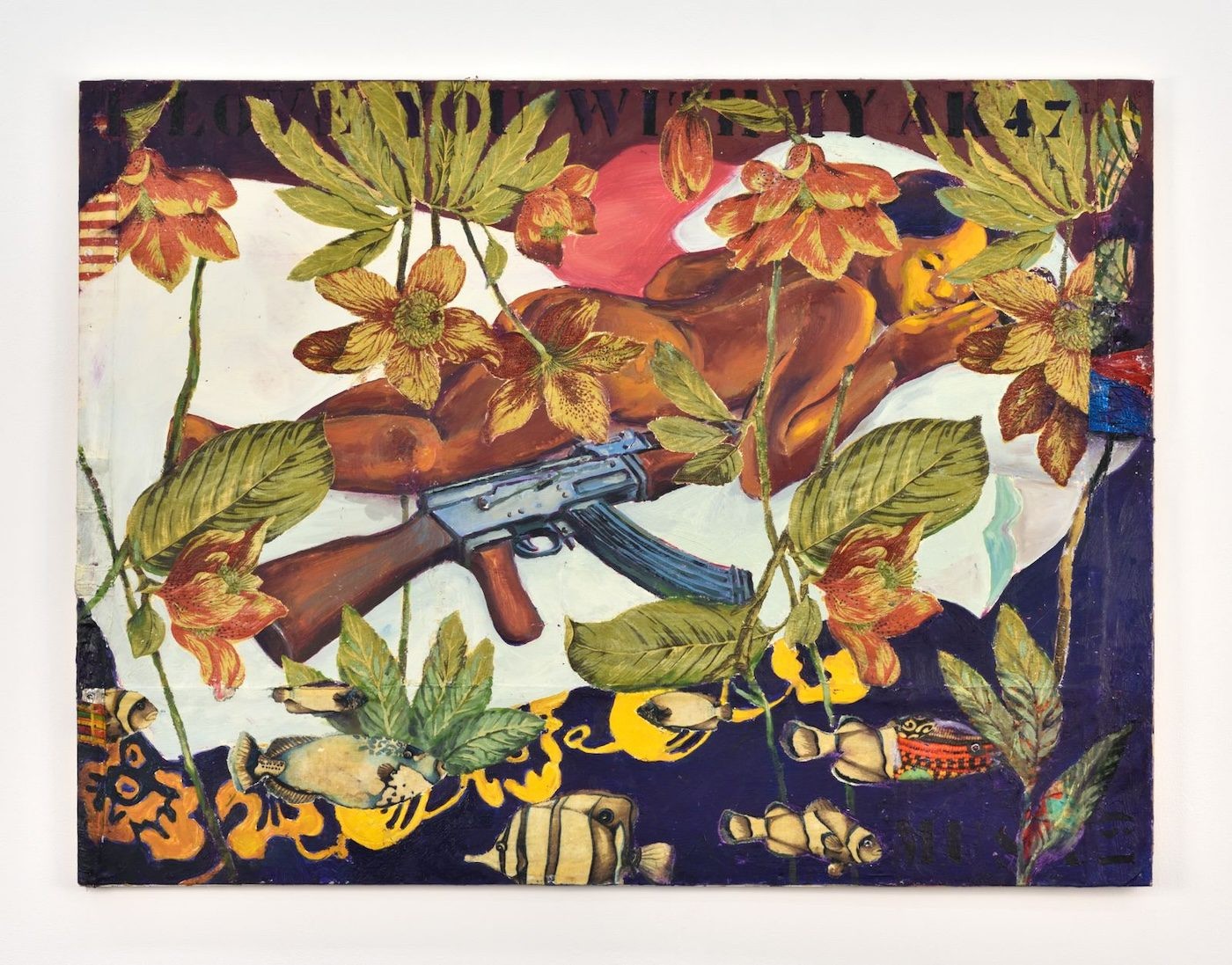C& and C&AL Print Issue #12/4: Ecologies
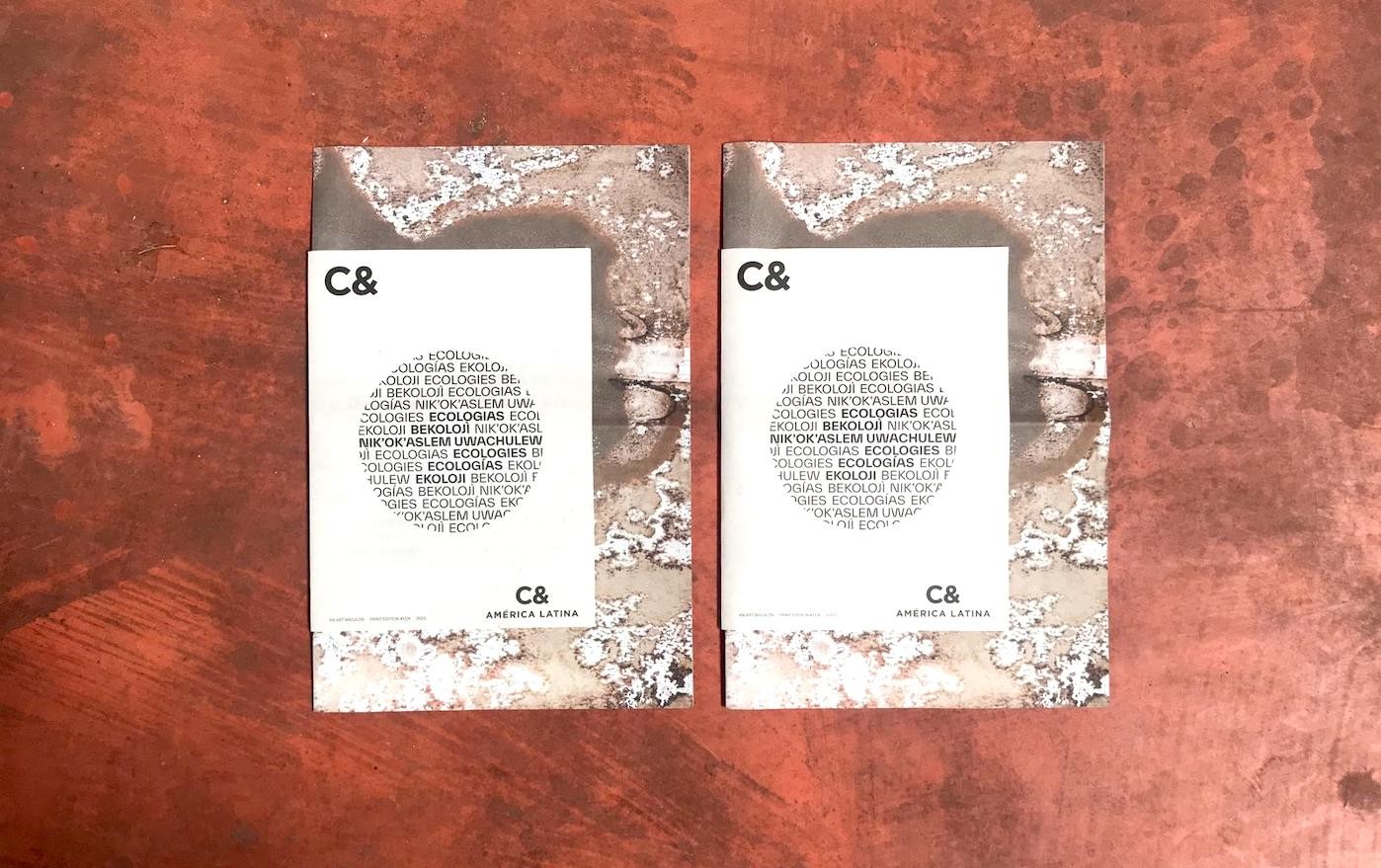
22 June 2023
Magazine C& Magazine
5 min read
This first joint issue between C& and C&AL invites organizations, artists, and activists from Black and Indigenous perspectives to discuss, contextualize, and reflect on the relationship between neocolonial structures and the climate crisis in their local contexts.
May my heart bloom when it stops pumping red ink, may it burst into small thorns
May my heart bloom when it stops pumping red ink, may it burst into small thorns and yellow flowers, may it be painted with nij* and engraved with animals and two-headed birds.May my heart dissolve in the earth and grow into a pine, may it see through the eyes of an owl, may it walk on the legs of a coyote, may it speak with the bark of a dog, may it heal in the quartz of caves, may it grow on the antlers of a deer.May my hearts be bound by a colored serpent, so they won’t mistake their owner, so they’ll be marked for me to find once more on the path from here to other worlds.**
The words of Rosa Chávez talk to us, readers of her strong and beautiful poems, of a deep recognition that we must learn to see. Of our local and our global counterparts and far beyond our own species. Of the interrelationship between all natural phenomena. “Ecologies”: This first joint issue between C& and C&AL you are holding delves into diverse approaches and contexts to our social and ecological climate. It invites organizations, artists, and activists from Black and Indigenous perspectives to discuss, contextualize, and reflect on the relationship between neocolonial structures and the climate crisis in their local contexts. A variety of features, interviews, poems, and essays take a closer look, listen, and ask questions: Who is allowed to speak about this crisis that impacts every life on this planet? How can one care for something that has been damaged to the point where repair or reparation are impossible? How may ancestral knowledge help us reimagine and transform the world we live in? The questions about ecology posed in this issue do not go in straight lines. They go in circles, back and forth, up and down. We use this geometrical metaphor because Black and Indigenous Ecologies need to be approached from a diverse set of angles. Rosa Chávez shares her connection with the earth through two strong poems recalling K’iche’ symbols that show how the body and soul are the same as nature. In Decentering the I, Will Furtado remarks that new approaches to ecology are still seen as unfeasible due to the predominant influence of a narcissistic white culture. Architectural scientist, designer, and educator Mae-ling Lokko talks to Edna Bonhomme about how people can adapt ways to reframe the role of ecology in daily life by renewing waste, in this case using fungi materials. In the artwork Timescapes artist Ethel Tawe recalls the poetry and lives of photo albums, having chosen one made by her father. In the opening text of her work, she writes that “change and transience are illustrated through the temporalities and frequencies of touch.” An interview with Edgar Kanaykõ by Lorena Vicini and an essay about Abel Rodríguez’s practice by Nathalia Lavigne underline how both artists center their Indigenous roots to explain how the hierarchization of their tribes cannot be conceived without counting trees, animals, and biological organisms as part of their geopolitical field. In the text Flowers on the Expressway, V for 5 describes her connection with the life of Kakamega Forest. Through an intimate reflection, the artist remembers its importance to the history of Nairobi and how native flora (such as the mugumo tree) represent resistance and ancestrality. At a time in which societal and political tensions have increased in Haiti, Kolektif 2 Dimansyon shows Serine ahefa Mekoun how photography can be immersed in Haiti in collective actions that support vulnerable populations. Ama Josephine Budge argues against internalizing the purely aesthetic use of Black bodies in climate campaigns and for resisting climate colonialism through a capacious, trans-temporal Blackness. In the context of a studio visit with the collective Tiempo de Zafra, Yina Jiménez Suriel reflects on how their work with excess and textile waste imagines spaces of possibilities that subvert capitalist dynamics while generating visualities. Sonia Elizabeth Barrett’s work Sky (2020) criticizes the notion of Blackness in aesthetics and terminologies misused for ecological purposes. A conversation between Ann Mbuti and artists Imani Jacqueline Brown and Zayaan Khan raises questions about living on land that is shaped by racial violence and colonial entanglements. How to extract from the richness and knowledge of the soil without being exploitive? As they agree, it’s the stories we tell that have built our world. The Editorial Team Read the full issuehere. *(K’iche’) A natural dye made from orange-colored insects (llaveia axin) bearing the same name. ** Translation from Spanish by Gabriela Ramirez-Chavez
Read more from
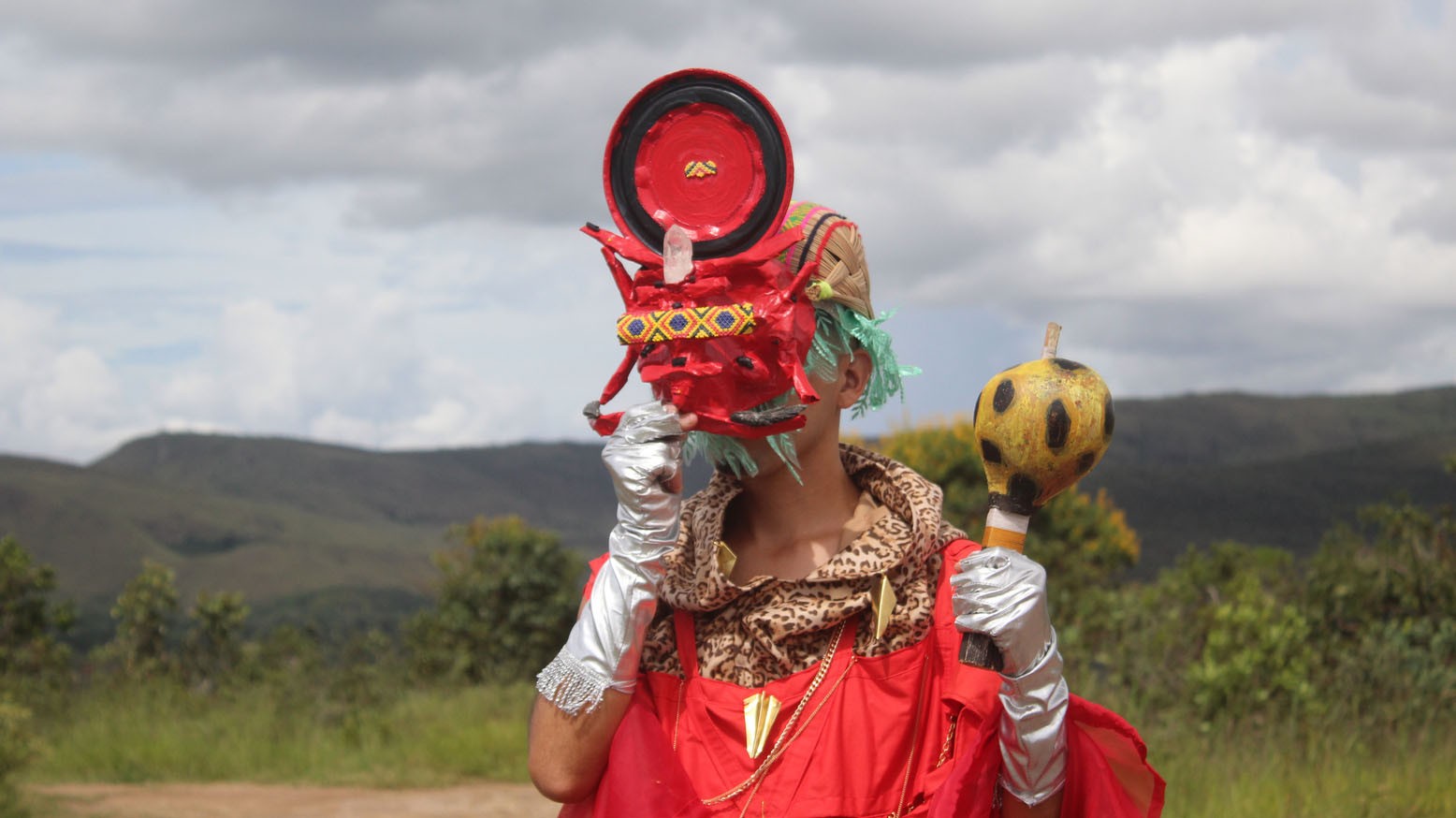
Biophillick: Connecting Ancestries Through Technology
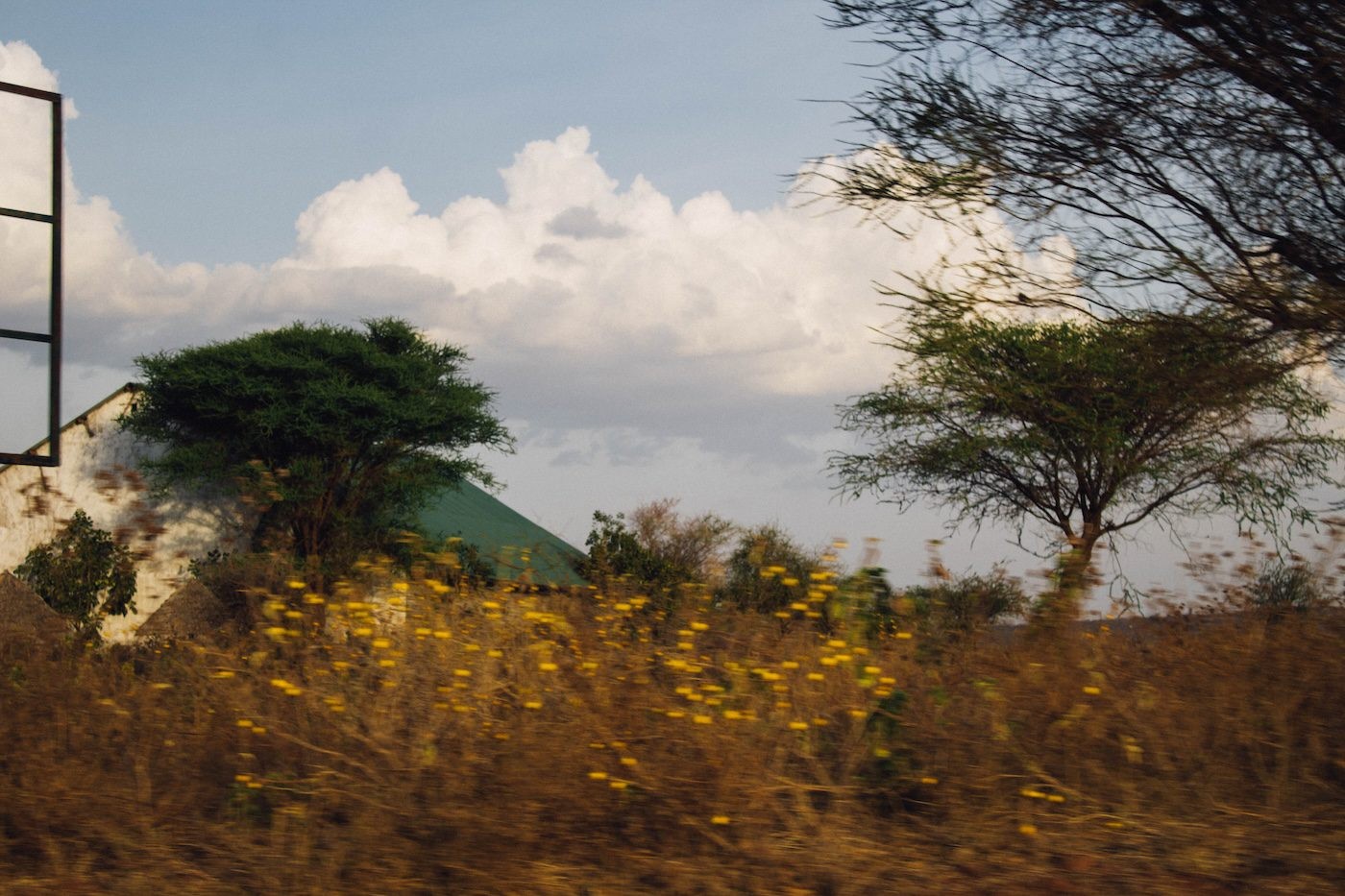
To Spring From Salted Earth
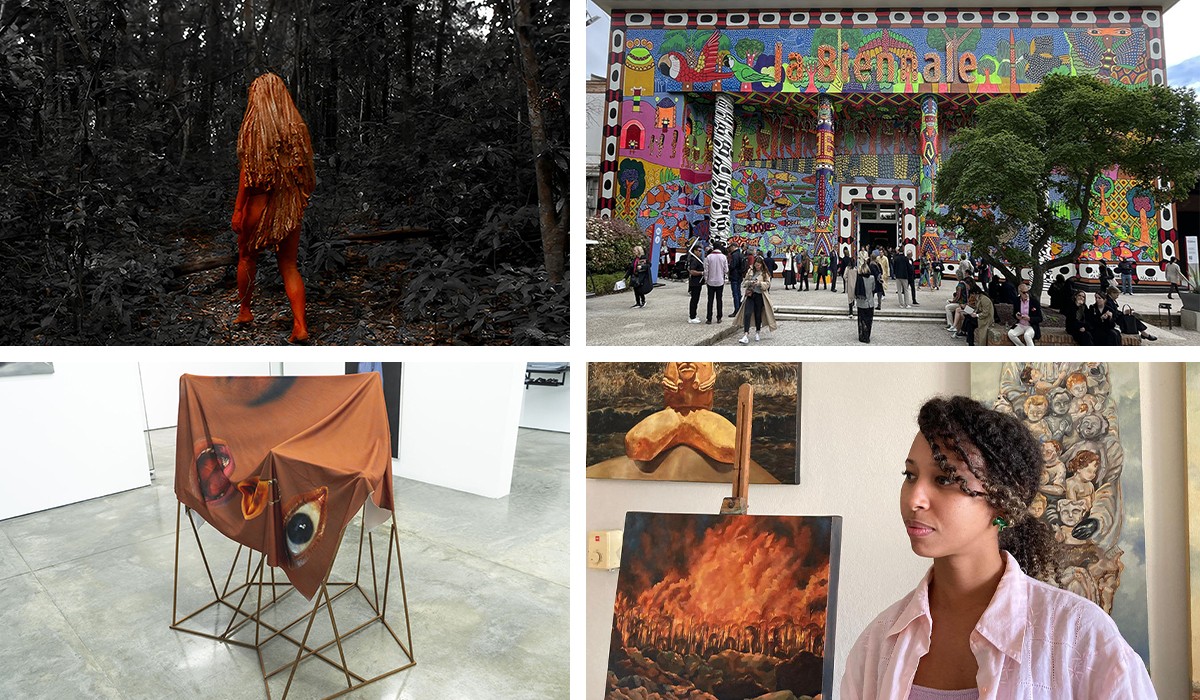
An Afro-Indigenous Reawakening: The Year in Review
Read more from

Rest in/as Freedom: kiarita and Black Politics of Liberation

Not for Sale: How Black and Indigenous artists are rewriting the rules of the art market
